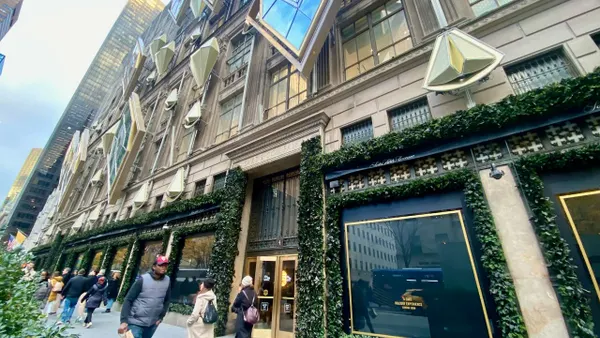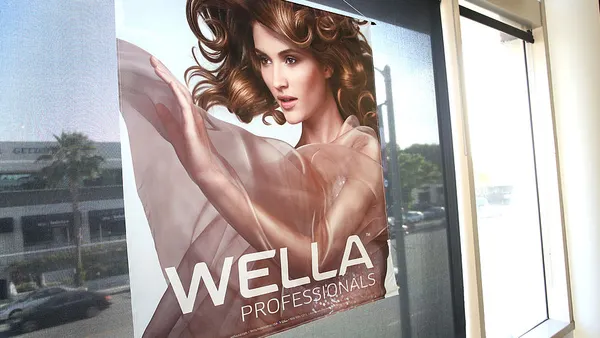Dive Brief:
- The retail industry added 66,000 jobs in July, unadjusted over the same time last year, the National Retail Federation said on Friday (the numbers exclude automobile dealers, gasoline stations and restaurants).
- The Department of Labor last week reported that overall employment in retail changed little (up 7,000). Job gains occurred in general merchandise stores (14,000), clothing and clothing accessories stores (10,000), and food and beverage stores (8,000). Those gains were offset by a decline of 32,000 jobs in sporting goods, hobby, book and music stores, according to the Labor Department report.
- Retailers continue to lead in job cuts with 75,763 announced so far this year. That's 18.4% higher than the 63,989 retail jobs cut through the same period last year, according to outplacement firm Challenger, Gray & Christmas. The seven-month total for retail job cuts is 321 cuts away from last year's full-year total, according to that report, which was emailed to Retail Dive.
Dive Insight:
While the jobs gains mark a slowdown from the pattern of the last few years, they also demonstrate a still-healthy economy, according to NRF Chief Economist Jack Kleinhenz.
"While today's jobs release may appear disappointing after a string of monthly gains, the economy remains fundamentally strong," he said in a statement. "In the past, summer months tend to show large employment fluctuations due to the timing of seasonal hiring. However, consumer and business optimism remain elevated and paints a positive picture as we head into the third quarter."
E-commerce continues to shake up retail and retail employment, according to Challenger, Gray & Christmas CEO John Challenger. "Retail cuts have been inching up the last four years, as online shopping causes disruptions to business as usual," he said in a statement.
More worrying for many retailers is evidence that wage gains are slipping despite a movement in many cities and states to bolster the minimum wage. In July, average hourly earnings for all employees on private nonfarm payrolls rose by 7 cents to $27.05. Over the year, average hourly earnings increased by 71 cents, or 2.7%, according to the Labor Department — a number that fails to beat inflation. Average hourly earnings of private-sector production and nonsupervisory employees rose by 3 cents to $22.65 in July.
"Wage gains have ticked up over the past few years, but not at rates allowing consumers to turn on the spending spigots," according to a Retail Metrics report emailed to Retail Dive. "The Federal Reserve reported [in July] that consumer credit increased by $24.6 billon, which was almost double expectations and the highest level since last November. Revolving credit, which encompasses credit cards, spiked 11.4% year over year in May."
That could hinder consumer confidence in coming months, Ken Perkins, president of Retail Metrics, warned in the report. "A full 5+ years into the current economic recovery, retailers in the aggregate were struggling to generate any kind of meaningful earning growth with quarterly earnings averaging just +0.4% from 3Q15 to 3Q17," he noted.














